The Hidden Science Behind Face Wash: Is Yours Helping or Hurting?
| Estimated Reading Time: 6 minutes |
There’s something oddly fascinating about that small tube of face wash sitting by your sink. We use it almost automatically — splash water, rub, rinse, done. Yet, have you ever paused to wonder what’s actually happening on your skin in those few seconds? I did, and that curiosity opened a whole world of chemistry, biology, and yes, even philosophy hidden in something as everyday as cleansing.
Face wash isn’t merely a soap with marketing fragrance. It’s a great balance between science and comfort — a formula created to interact with your skin’s ecosystem without disrupting it. However, to appreciate that, we first need to understand what our skin truly wants.
The Skin’s Natural pH: The Invisible Shield
Our skin is naturally but acidic. The pH is usually between 4.5 and 5.5. This range isn’t erratic. It’s what scientists refer to as the acid mantle. It is a thin film composed of sebum, sweat, and natural lipids. This layer works like an invisible gatekeeper, keeping harmful bacteria away while maintaining moisture and elasticity in our skin.

When we use a cleanser that’s too alkaline (say, above pH 8), it strips away this mantle. You might feel your face “squeaky clean,” but what’s actually happened is the protective barrier has been disturbed. That tight feeling afterward? It’s not freshness — it’s microdamage.
I learned this after using an old-school bar soap once. My skin felt taut and shiny, almost like polished glass — but by evening, it was dry and itchy. That’s the skin shouting that its pH has been thrown off.
So, when choosing a cleanser, the first thing to remember is that the best pH level for face wash should hover close to our natural skin — between 4.5 and 6.
What’s in a Face Wash, Anyway?
If you’ve ever turned a face wash tube and stared at the ingredient list, it might look like something out of a chemistry lab. But each element has a clear role.
-
Surfactants: These are the cleansing agents. They’re molecules with one end that loves water and another that loves oil. When you wash, they trap dirt, oil, and pollutants into micelles (tiny bubbles) and rinse them off. Common ones include Sodium Lauroyl Sarcosinate (gentler) and Sodium Lauryl Sulfate (stronger, but can be drying).
-
Humectants: These draw moisture into your skin so it doesn’t feel stripped. Look for glycerin, hyaluronic acid, or sorbitol.
-
Actives: Ingredients that provide targeted benefits — niacinamide for oil control, salicylic acid for acne, or vitamin C for dullness.

-
Preservatives: They prevent bacteria from growing in your product. Things like phenoxyethanol or ethylhexylglycerin are commonly used.
-
Emollients and Soothers: To counterbalance cleansing, mild plant extracts like aloe vera, green tea, or centella asiatica are added.
In short, a face wash is a complex miniature ecosystem — every molecule doing its part to clean, protect, and calm.
The Ideal pH Range for Face Wash
We touched on pH earlier, but here’s where it gets interesting. Research published in Clinical, Cosmetic and Investigational Dermatology (2018) showed that frequent use of alkaline cleansers can raise the skin’s surface pH, promoting dryness and even acne flare-ups.
So, the best pH level for face wash lies in the mildly acidic range. Most modern cleansers now claim “pH balanced” on the label, but not all are equal. If the product doesn’t specify, brands like CeraVe, La Roche-Posay, and certain herbal face wash options usually hover in that safe 5.0–5.5 zone.
Interestingly, Ayurvedic formulations — especially those using neem, tulsi, and sandalwood — naturally fall close to that range, thanks to their bio-acidic plant compounds.
Formats: Powder, Gel, Foam — Does It Matter?
Yes, absolutely. The texture of your cleanser often says a lot about its chemistry.
-
Gel-based washes: Ideal for oily or acne-prone skin. They rely on mild surfactants and contain oil-regulating ingredients like tea tree oil or salicylic acid.
-
Cream or lotion cleansers: Best for dry or mature skin. They often contain more emollients — like ceramides or shea butter — and cleanse without foam.
-
Foam cleansers: These give that bubbly, “deep clean” feel but can sometimes overdo it. Many use stronger surfactants.
-
Powder cleansers: The most underrated category. Often enzyme-based (think papain from papaya or rice starch enzymes), they activate with water and gently exfoliate without friction.
When I first tried a powder cleanser, it felt odd — almost too gentle — but within a week, my skin was calmer and clearer.
Why Ingredient Structure Matters
Most people don’t realize that how ingredients interact is as important as what they are.
For example, mixing Vitamin C (acidic) with a high-pH surfactant can destabilize the formula, making it ineffective. Similarly, adding too many essential oils (like peppermint or lemon) may increase photosensitivity.
Modern cosmetic chemistry focuses on achieving synergy — surfactants that cleanse but preserve lipids, actives that function without irritation, and preservatives that protect without toxicity.
This delicate balance is what makes one product feel like silk and another like sandpaper.

From Herbal Wisdom to Modern Labs
Before synthetic surfactants existed, cleansers came from plants and clays. Ancient Indians used multani mitti (Fuller’s Earth), Egyptians favored milk and honey, and the Chinese used rice water for cleansing and brightening.
Many of these natural mixtures had mildly acidic profiles, which explains why they worked so well. Today’s herbal face wash formulas — those with neem, basil, turmeric, or rose water — echo this heritage but combine it with stabilization science to make them shelf-stable and safe.
So in a way, modern face wash isn’t an invention — it’s an evolution. A collaboration between ancient tradition and modern chemistry.
The Hidden Chemistry of Foam
Did you know that more foam doesn’t mean better cleaning? The satisfying bubbles come from surfactant interaction with air — not with dirt. In fact, dermatologists say that foaming intensity and cleansing ability often have little correlation. A good low-foam cleanser can clean as effectively as a bubbly one, without barrier damage.

Choosing the Right Cleanser — It’s All About Balance
When you pick your next cleanser, check two things first:
1. The pH range — ideally between 4.5 and 6.
2. The surfactant type — mild, sulfate-free options like cocoyl isethionate or sarcosinate.
If you’re into natural products, herbal face washes can be excellent — just ensure they list active ingredients transparently and don’t rely on synthetic fragrance.
Your skin doesn’t need to feel stripped or “tight” to be clean. In fact, comfort after washing is the best sign that your skin barrier is happy.
Conclusion
Face cleansing seems simple — yet it’s one of the most chemistry-rich steps in skincare. Between the pH science, surfactant structure, and heritage of herbal ingredients, every bottle carries centuries of evolution and a few grams of precise formulation.
So the next time you reach for that face wash, remember: your skin isn’t just being cleaned — it’s engaging in a microscopic conversation with science itself.
Recommended Products by Blue Nectar:
Turmeric Ubtan Powder Face Pack for Glowing Skin (9 herbs, 100 g + 15 g Free)
Shubhr Neem Pimple Face Wash for Acne Control & Oil Balancing (11 Herbs)
Kumkumadi Face Wash for Gentle Cleansing (10 Herbs)
2% Kojic Acid Face Wash for Pigmentation with Rice Water (11 Herbs)
Gold Swaran Bhasam Face Wash for Glowing Skin | Face Wash for Women & Men (10 Herbs)
Honey Detan Face Wash for Glowing Skin (8 herbs)
Related Articles:
A Journey Through Time and the Rise of Herbal Face Wash
Refernces:
https://pubmed.ncbi.nlm.nih.gov/34137035/





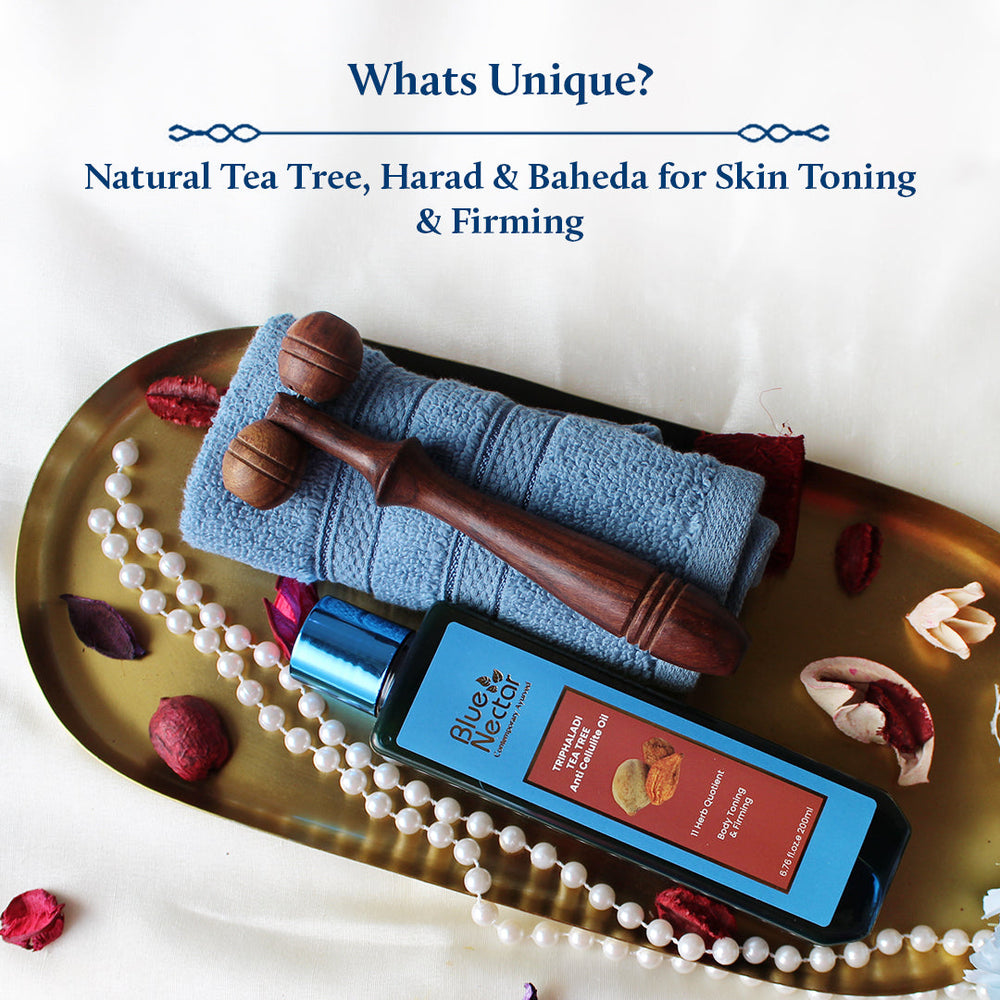

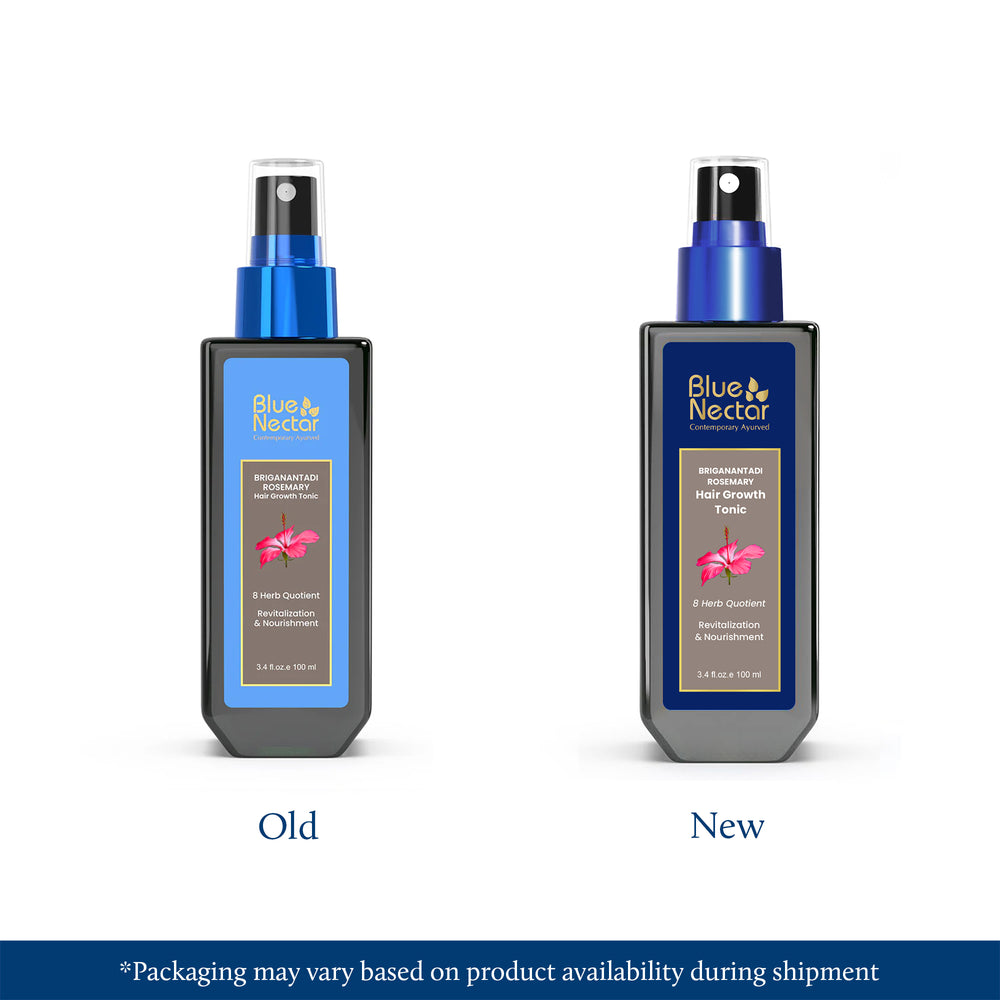
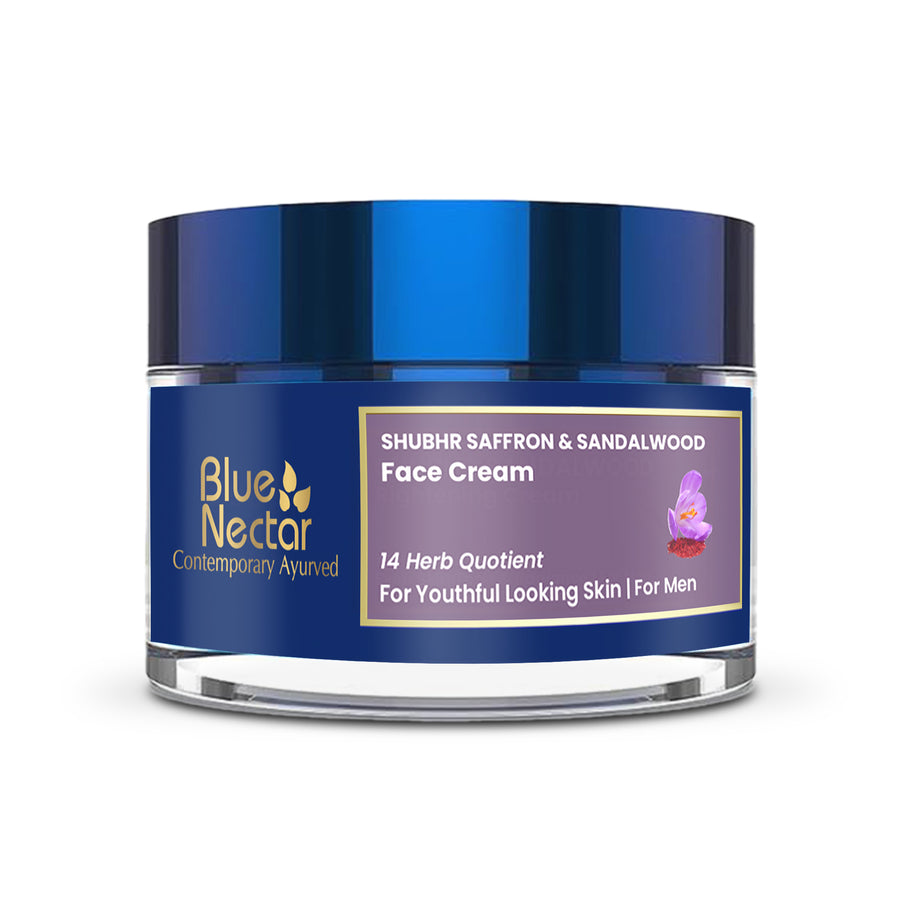
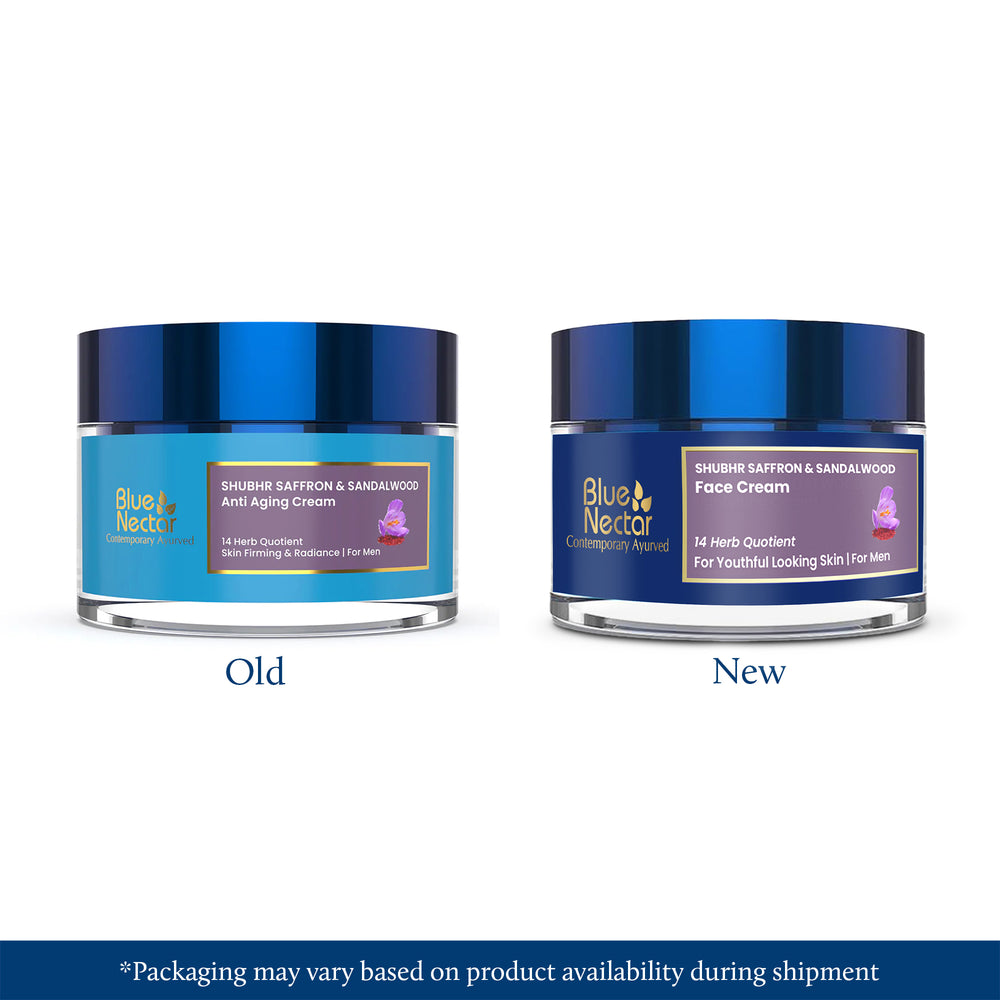
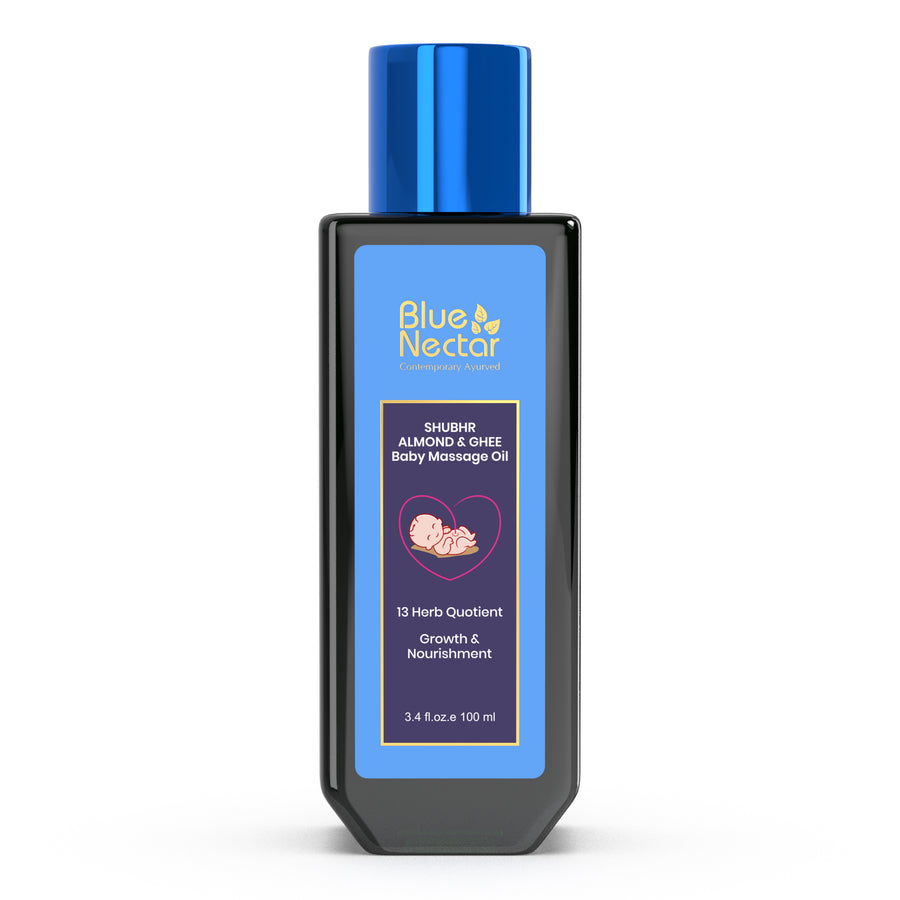
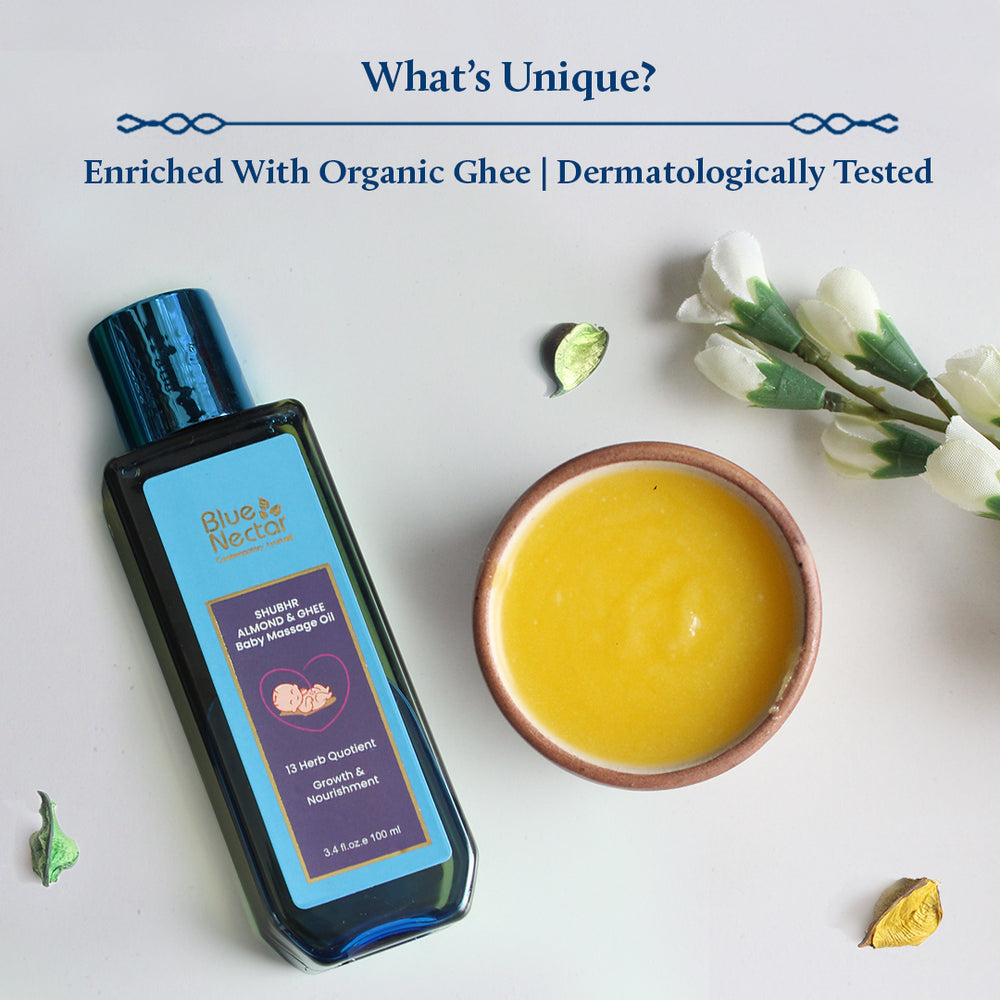
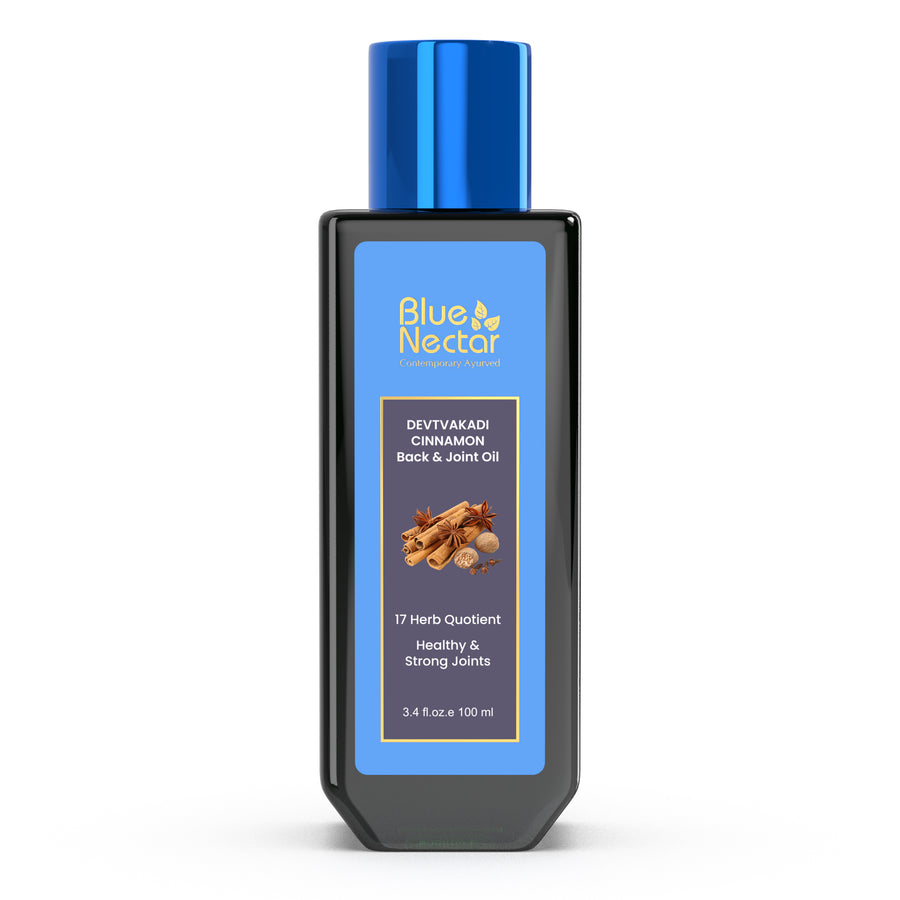
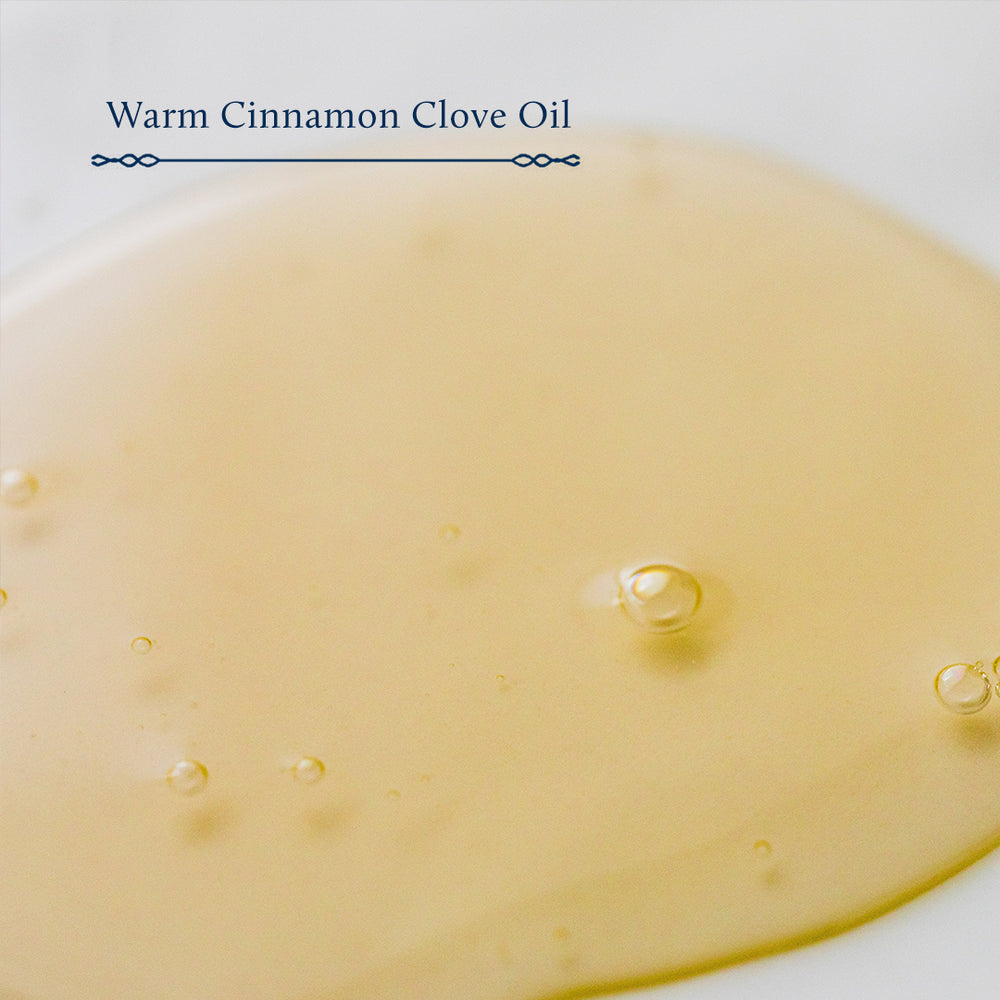



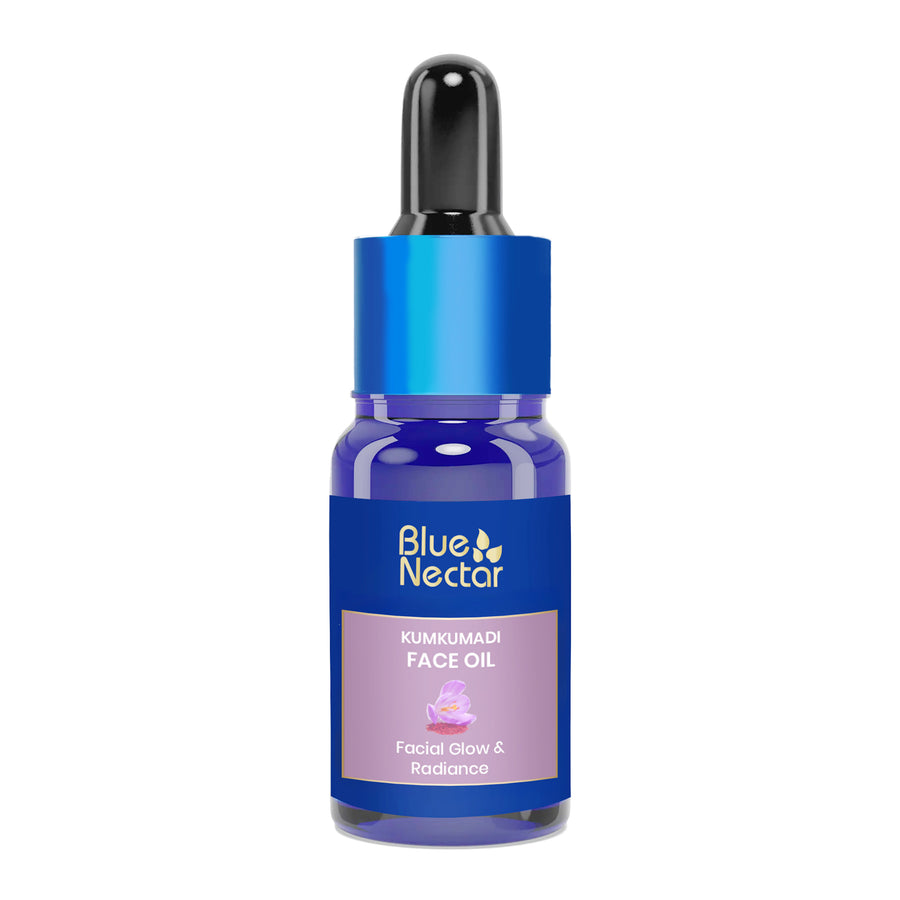
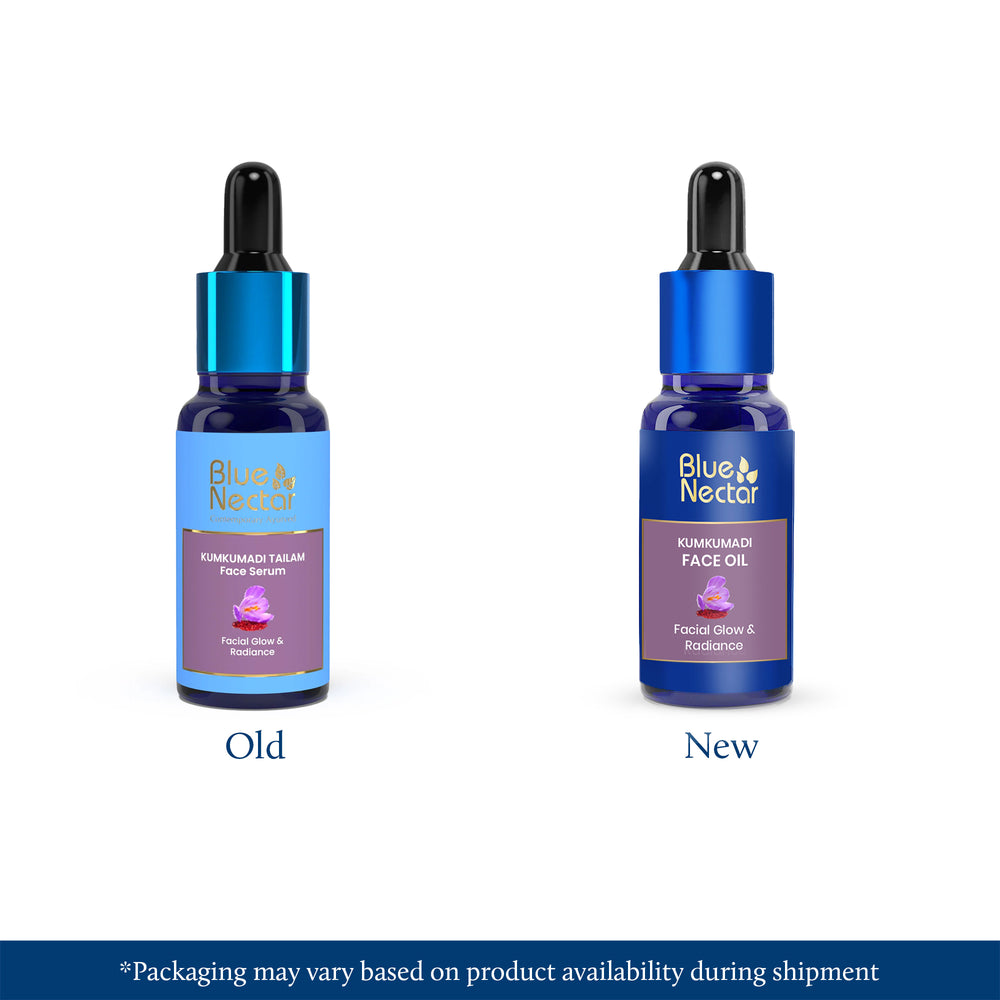

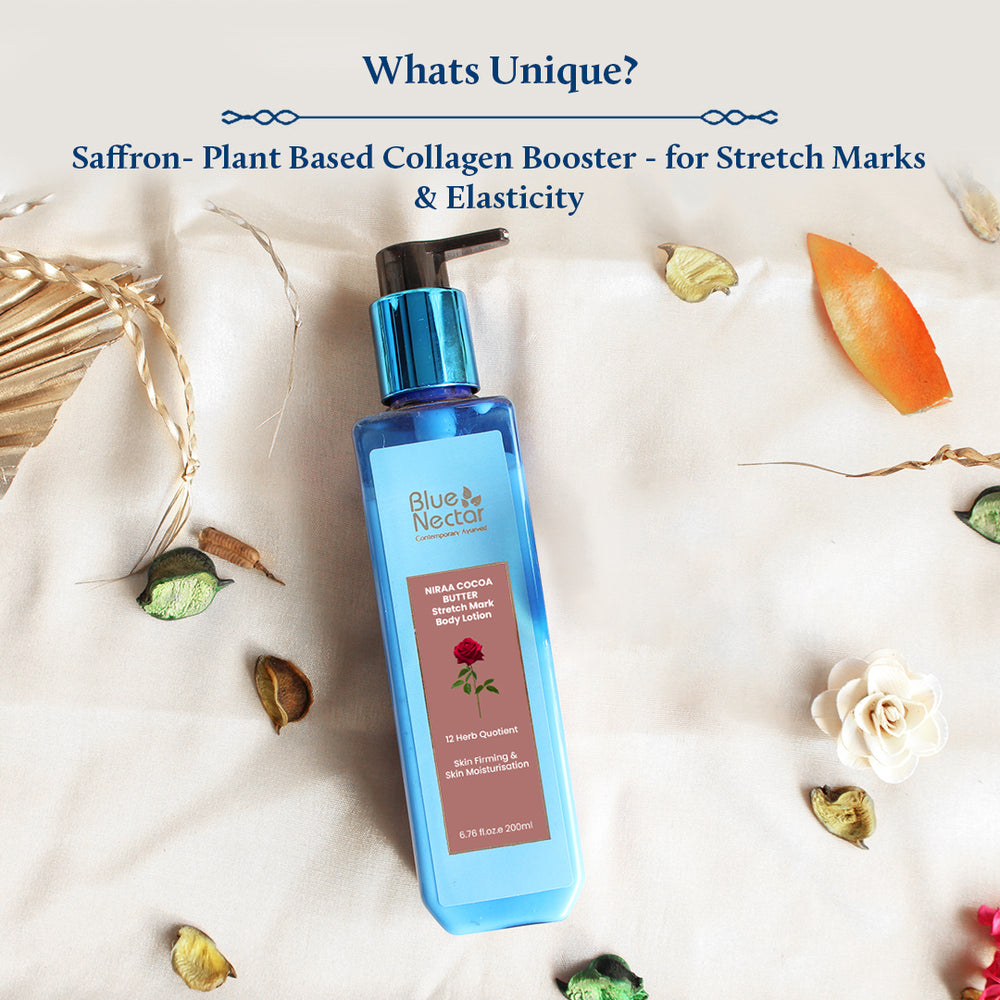
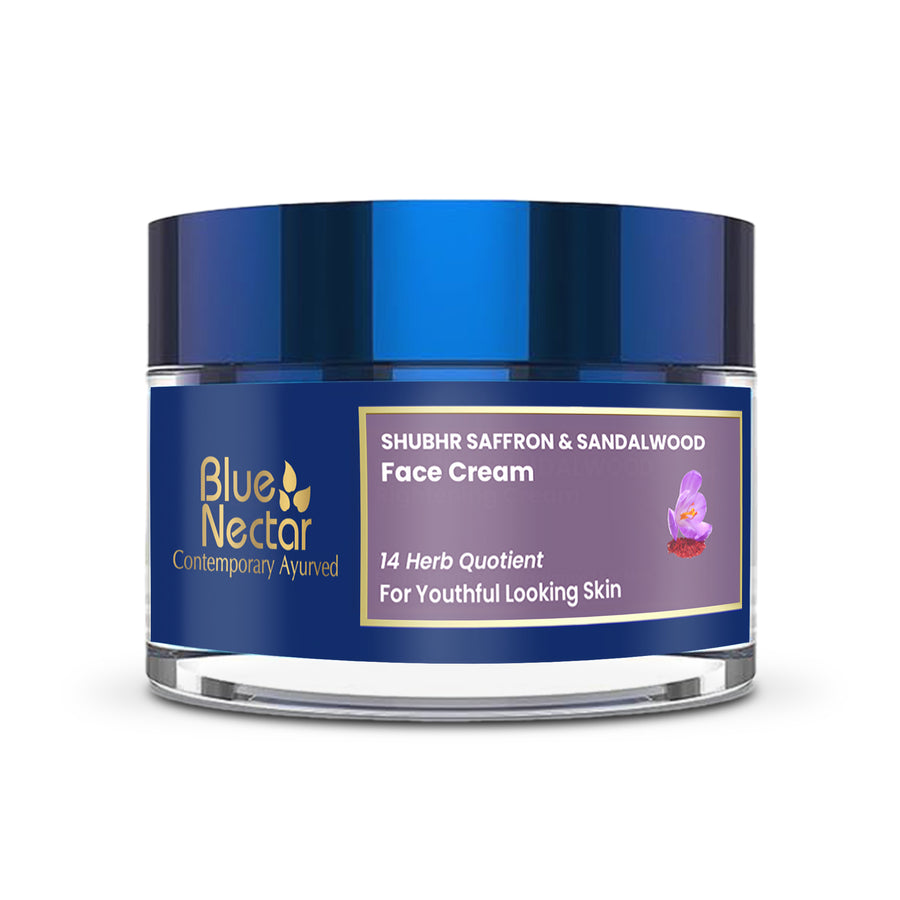

Leave a comment